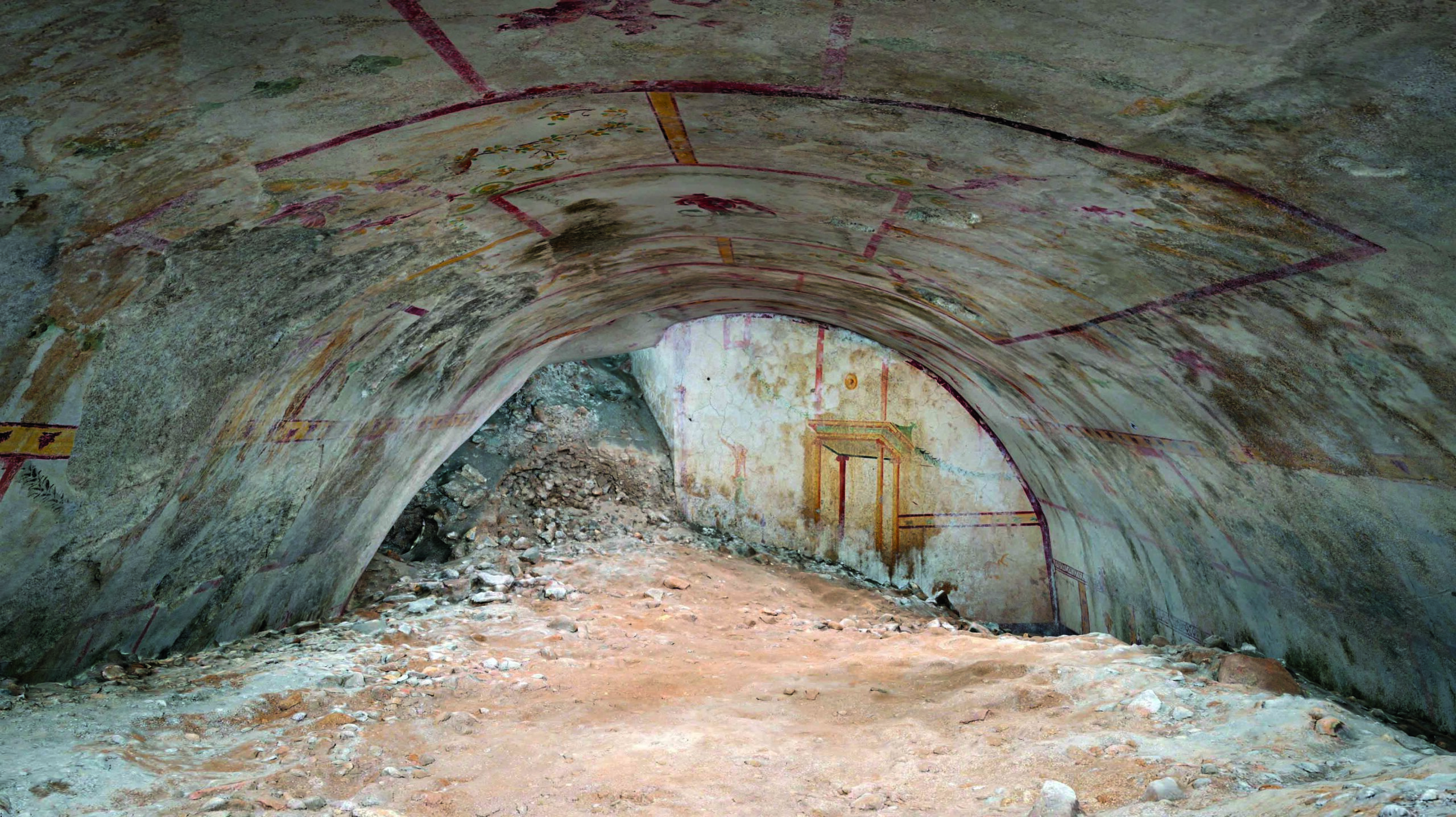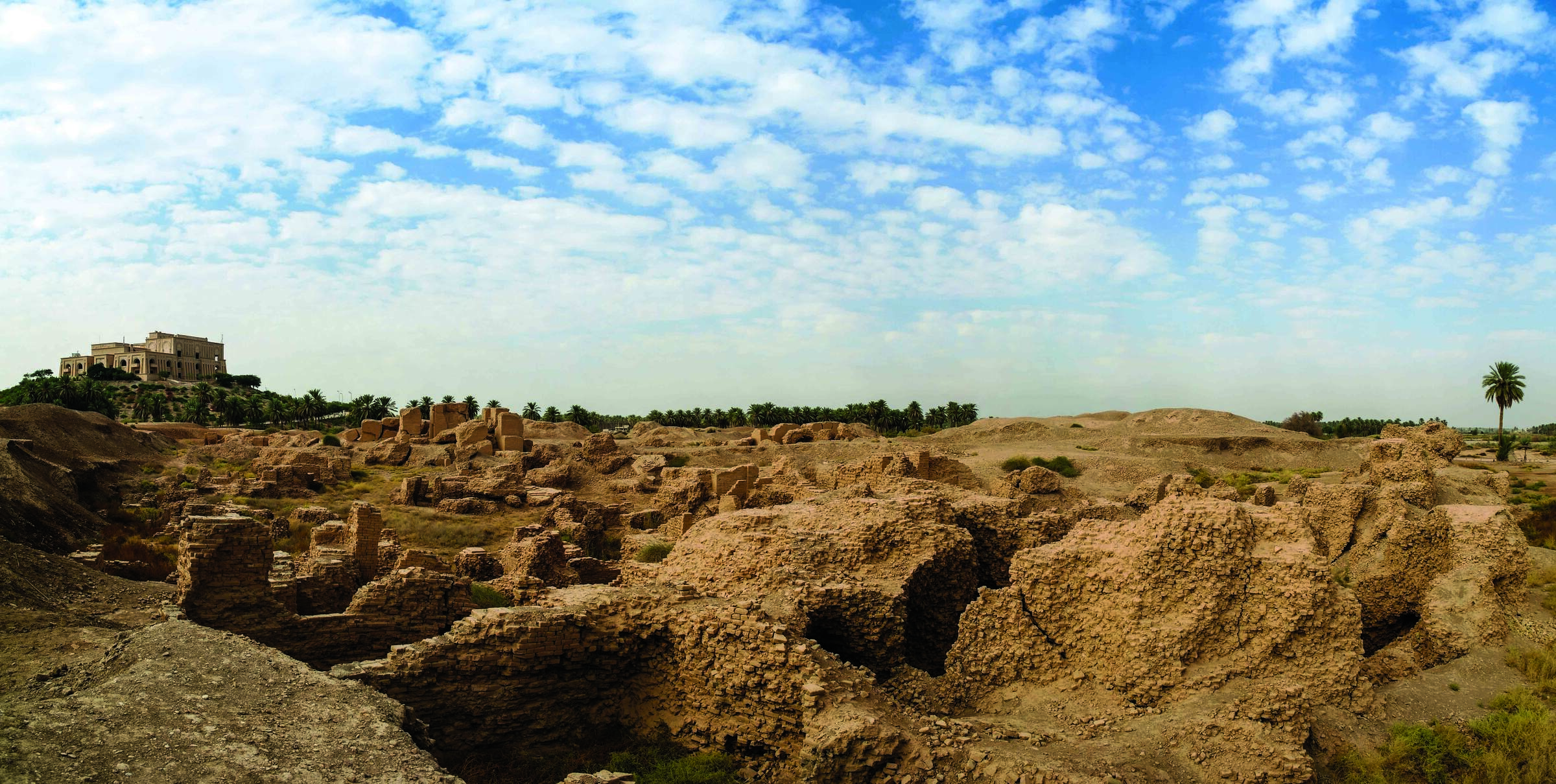LECCE, ITALY—The Guardian reports that Gabriele Scorrano of the Lundbeck GeoGenetics Center, Serena Viva of the University of Salento, and their colleagues have mapped the genome of a man whose remains were unearthed in 1933 at the Craftsman’s House in Pompeii, which was destroyed and covered in ash during the eruption of Mount Vesuvius in A.D. 79. The researchers also attempted to map the genome of a woman whose remains discovered in the same room, but her DNA was not as well preserved. She was over the age of 50 at the time of her death, and may have had osteoarthritis. The positions of the bodies suggest that the two did not attempt to flee to safety. Traces of DNA from the bacteria that causes tuberculosis were detected in the man’s remains, along with bone lesions associated with the disease on one of his vertebrae. Comparison of his genome with more than 1,000 other ancient genomes and hundreds of modern people from western Eurasia found that his DNA shared similarities with people living today in central Italy and his Roman contemporaries living in the region, while analysis of mitochondrial DNA, inherited through the maternal line, and Y-chromosome DNA, inherited through the paternal line, carried genes commonly found in people who lived on the island of Sardinia. To read more about the archaeology of Pompeii and families who lived in the city, go to "Family History."
Pompeii Victim’s Genome Sequenced
News May 26, 2022
Recommended Articles
Weapons of the Ancient World May/June 2020
Gladiator Weapons


Digs & Discoveries July/August 2018
Pompeii Revisited


-
Features March/April 2022
The Last King of Babylon
Investigating the reign of Mesopotamia’s most eccentric ruler
 (iStock/HomoCosmicos)
(iStock/HomoCosmicos) -
Features March/April 2022
Paradise Lost
Archaeologists in Nova Scotia are uncovering evidence of thriving seventeenth-century French colonists and their brutal expulsion
 (© Jamie Robertson)
(© Jamie Robertson) -
Features March/April 2022
Exploring Notre Dame's Hidden Past
The devastating 2019 fire is providing an unprecedented look at the secrets of the great cathedral
 (Patrick Zachmann)
(Patrick Zachmann) -
Letter from Doggerland March/April 2022
Mapping a Vanished Landscape
Evidence of a lost Mesolithic world lies deep beneath the dark waters of the North Sea
 (M.J. Thomas)
(M.J. Thomas)


